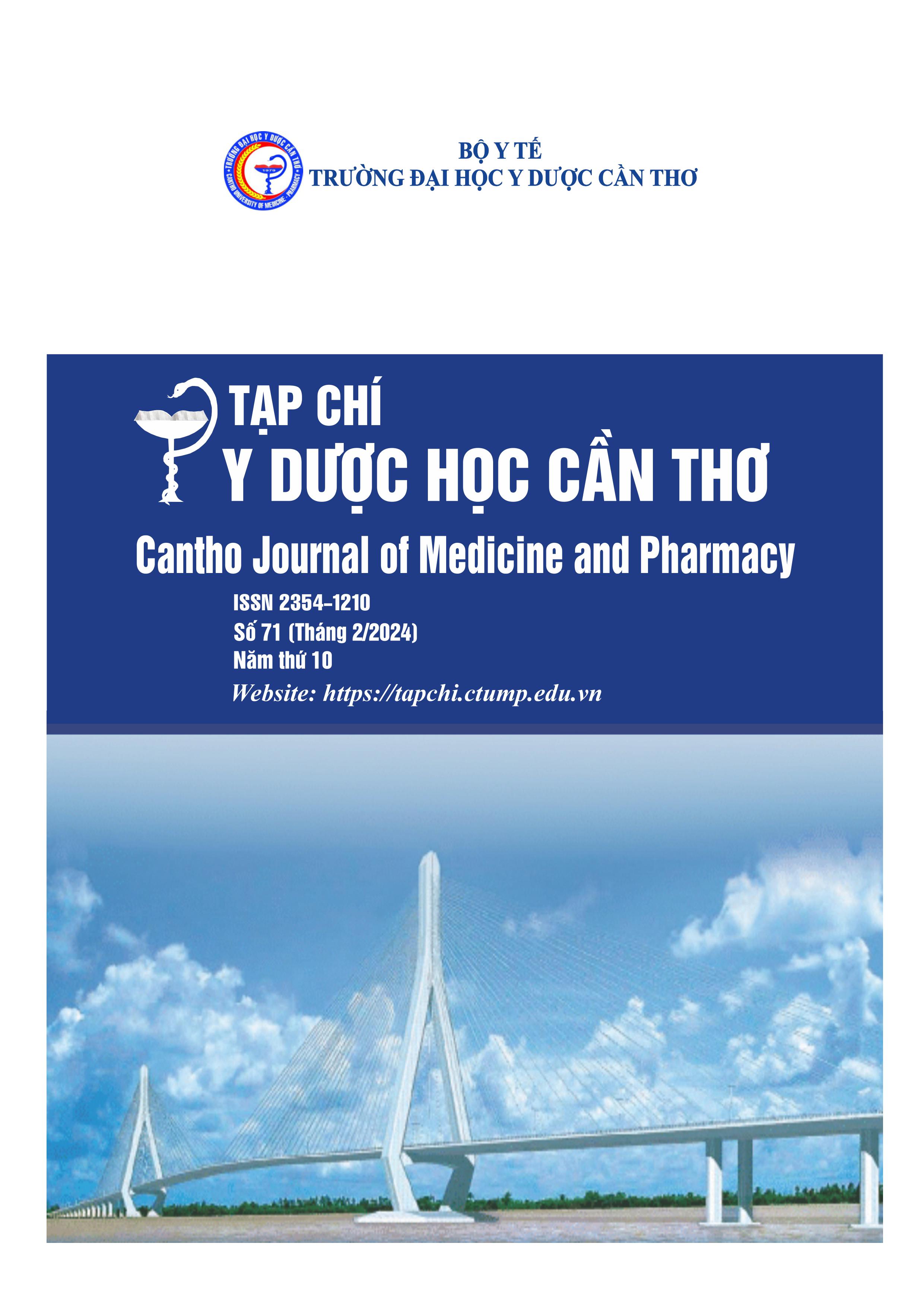EVALUATION ACUTE AND SUBCHRONIC ORAL TOXICITY OF “QUYEN TY THANG INCREASE CINNAMOMUM, SPINA GLEDITSCIAE” IN MICE
Main Article Content
Abstract
Background: Quyen ty thang increase Cinnamomum, Spina gleditsciae is a remedy which is used in the treatment of musculoskeletal diseases. However, to test a new drug or product on humans, it is necessary to have previous studies confirming its safety and effectiveness on experimental animals. Objectives: To evaluate of acute (LD50) and subchronic oral toxicity of “Quyen ty thang increase Cinnamomum, Spina gleditsciae” in mice. Materials and methods: The experiment procedures were conducted according to recent toxicity evaluation guidelines. Results: LD50 was not found in the oral administration of Quyen ty thang increase Cinnamomum, Spina gleditsciae in mice with the highest oral dose of 225 g/kg. In a semi-chronic study with 2 doses of 21.4g/kg/24h và 64.2g/kg/24h, the preparation did not affect the general condition, body weight of rats, the blood indices, biochemical indices, function, and histopathology of liver, kidney. Conclusions: Quyen ty thang increase Cinnamomum, Spina gleditsciae did not cause acute toxicity in mice with the highest oral dose of 225 g/kg and did not produce any significant toxicity with 2 doses of 21.4g/kg/24h và 64.2g/kg/24h after 90 days.
Article Details
Keywords
Quyen ty thang increase cinnamomum and spina gleditsciae, acute toxity, subchronic toxicity, LD50
References
Diagnosis and Management. J Am Board Fam Med. 2020. 33(2), 303-313, doi:
10.3122/jabfm.2020.02.190195.
2. Kawahara N, Tomita K, Murakami H, et al. Circumspinal decompression with dekyphosis stabilization for thoracic myelopathy due to ossification of the posterior longitudinal ligament. Spine (Phila Pa 1976). 2008. 33(1), 39-46, doi: 10.1097/BRS.0b013e31815e3911.
3. Lâm Thu Thủy. Đánh giá tác dụng chống viêm, giảm đau của bài thuốc Quyên Tý thang gia giảm trên thực nghiệm. Trường đại học Y Dược Cần Thơ. 2022. 42-73.
4. Hoang M.Le et al. The In VivoAnti-Inflammatory Effects of Qt-2 (A Traditional Medicine Remedy) Water Extract. Tropical Journal of Natural Product Research (TJNPR). 2023. 7(11), 5178-5182, doi: 10.26538/tjnpr/v7i11.21.
5. Hoang M.Le et al. Evaluation of Analgesic Effects of Herbal Formula Qt-2 on Experimental Mice Model. Tropical Journal of Natural Product Research (TJNPR). 2023. 7(8), 3671–3675, doi: 10.26538/tjnpr/v7i8.16.
6. Bộ Y tế. Hướng dẫn thử nghiệm tiền lâm sàng và lâm sàng thuốc Đông y, thuốc từ dược liệu (ban hành kèm theo Quyết định số 141/QĐ-K2ĐT ngày 27/10/2015). 2015.
7. World Health Organization. Working group on the safety and efficacy of herbal medicine, Report of regional office for the western pacific of the World Health Organization. 2000.
8. OECD/OCDE. OECD guideline for the testing of chemicals. 2018. https://www.oecd.org/env/ehs/testing/Revision%20TG%20408%202018.pdf.
9. Đỗ Trung Đàm. Phương pháp xác định độc tính của thuốc. Nhà xuất bản Y học. Hà Nội. 2014
10. Abraham WB. Techniques of animal and clinical toxicology, Med. Pub. Chicago. 1978. 55-68.
11. Jann Hau et al. Handbook of laboratory animal science, 2 nd edition, Vol II, CRC Press. 2003. 22-28.


